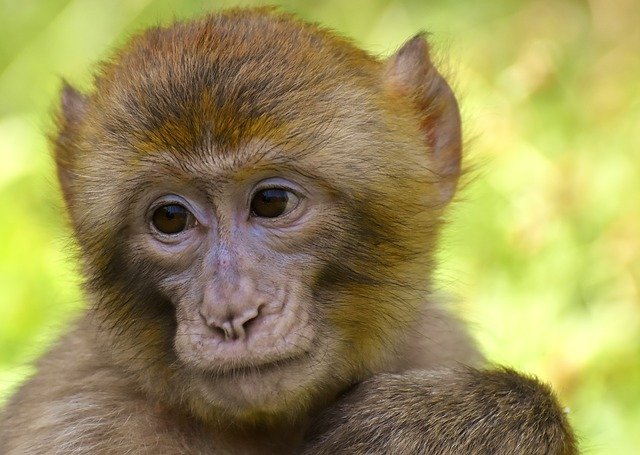China commit to protecting more endangered species
How humans protect and value animals is an extremely important philosophical question. Given that dominant humans are on the planet, the respect we give to other creatures is important and shows whether we have empathy for those who also live on Earth with us. We often have images in our minds of David Attenborough documentaries reminding us of the value of conservation. To wish for animals to have the ability to live their lives like humans is truly admirable. While individuals can take steps, what action can governments do?
That an animal is listed as endangered gives a sense of urgency is needing to protect them
better
China is a country that has clearly acted to present this shared belief. On February 5th, China’s National Forestry and Grassland Administration and Ministry of Agriculture and Rural Affairs announced the first update to their List of Wild Animals Under State Priority Conservation since the idea was originally published in 1989. In 32 years, only two changes have been made, with Musk deer having their conservation level upgraded in 2003 followed by pangolins last June. Yet the update this year is significant and extensive. 517 protected species have been added, meaning 980 animals appear on the final safety list. 75% of the new additions are birds, including the critically endangered spoon-billed sandpiper. Currently, less than 700 of these exist in the wild. That an animal is listed as endangered gives a sense of urgency to protecting them. Scientific advancements in awareness of those creatures facing extinction means organisations have greater knowledge about those species in requiring extra support. Interestingly, wolves have been added to the list of species requiring extra support under these amendments. Given the number of wolves in China, they have often faced an uncertain history due to human-wildlife conflict. This is because wolves were often damaging to livestock, which was valuable during China’s path to economic development. That a full Wolf Extermination Campaign was in place from the 1950s to the 1990s highlights the culture in place for attacking such creatures.
The list also represents a change from simply seeing what animals most benefit humans to recognising the role of animals with an ecosystem for long term sustainability. However, the system announced is far from perfect. The list refers only to animals that are in the wild. Legal domestic breeding programmes often rely on animals caught illegally in the wild. This can make it impossible, by the time animals reach wet markets, to determine which are legal and illegal. With the existence of dog and cat wet markets in China, the attitude towards how animals are treated and what is allowed still differs from country to country. That several viper and rat snakes aren’t on the original draft list alongside some species of bat suggests that that the list is not proof that everything is covered. With the animals present now being updated every five years, there will be far more of an emphasis on ensuring that all species receive the necessary care they deserve.
The pandemic is widely believed to have spread from a bat on a wet
market, with World Health Organisation officers trying to investigate the specific cause of the
outbreak.
It is unclear whether this spark in awareness stems from the greater focus on animals since the coronavirus pandemic. The pandemic is widely believed to have spread from a bat on a wet market, with World Health Organisation officers trying to investigate the specific cause of the outbreak. However, the true origin remains ambiguous, and will take a significant amount of time to be determined. Whether the animals appearing on a list will prevent them from suffering more harm remains to be seen. However, the aspiration of more rights for animals by ensuring their long term survival is a worthy ideal.

Comments